Avoiding displacement while making a vital Nashville corridor function better for everyone
As one of the fastest growing regions in the country, Nashville needs to make some intentional decisions about its future. Nolensville Pike, an auto-oriented corridor ripe for infill development running south out of the city, is ideally situated to meet the booming demand for more housing and small business space close to the urban core. But doing so without careful planning could displace the unique immigrant communities and long-time residents that have been living there for years.
This week, in partnership with Conexión Américas in Nashville, T4America released a new report that provides an analysis of this corridor’s assets, challenges to overcome, and a list of recommendations that Metro Nashville decision-makers could use to make the busy corridor safer for everyone and improve the economic prospects of the area while avoiding displacement of existing residents and businesses.
Nashville is booming
The Middle Tennessee region, anchored by the city of Nashville, is one of the fastest growing in the entire country, and there’s immense pressure to accommodate growth within the city while also preserving existing affordable neighborhoods.
One factor driving up prices is that demand for housing is mismatched with available supply. There’s growing, unmet market demand in Nashville for well-connected neighborhoods in close proximity to jobs, services, and good schools that have safe streets for walking or cycling, and/or public transportation. But there are only a small number of neighborhoods that fit this bill regionally, and they are mostly within Nashville’s urban core.
The result is that some of the neighborhoods that are most attractive to new residents are the same neighborhoods that are currently home to those most in need of affordable housing.
This brings us to Nolensville Pike, one of the many spokes connecting downtown Nashville with suburban areas, a typical arterial state highway funneling traffic in and out of the city while also serving adjacent commercial uses and residential neighborhoods.
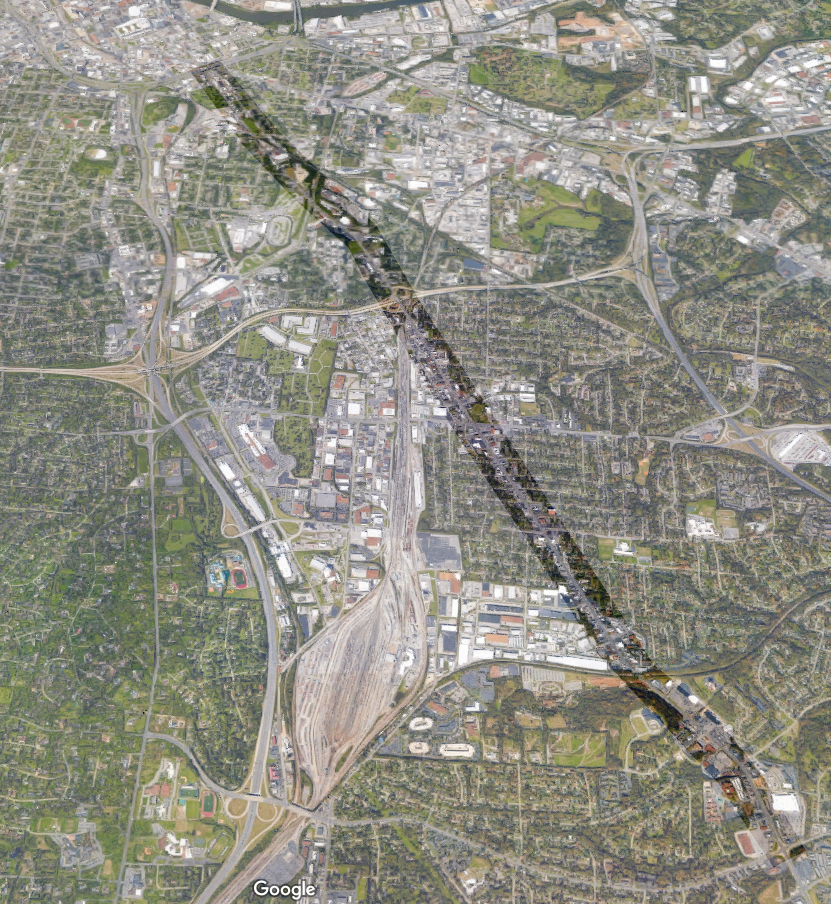
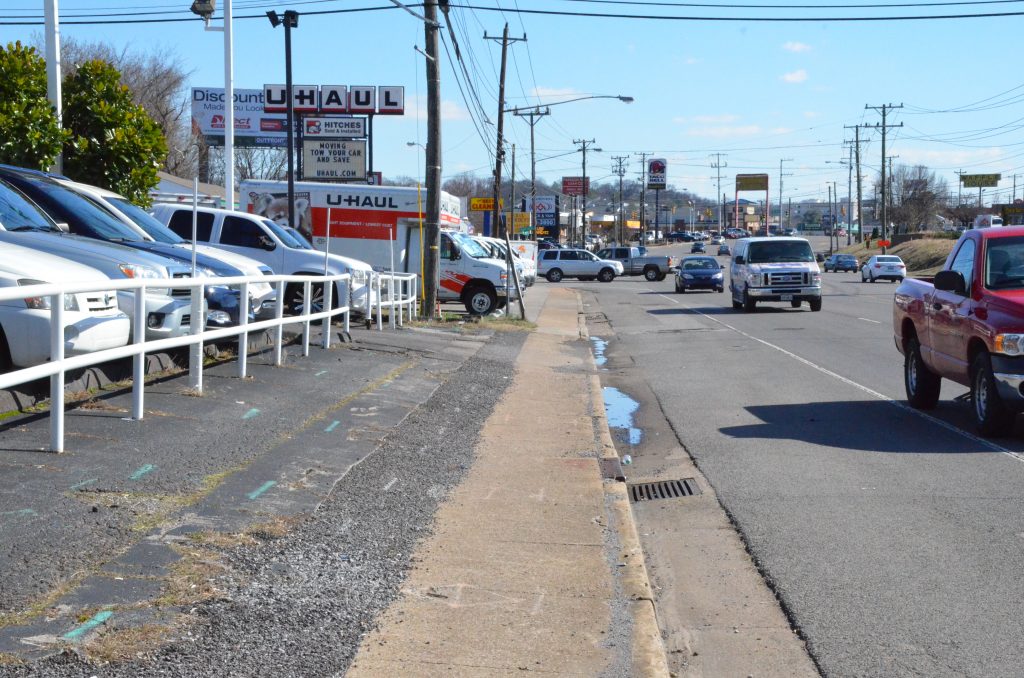
The road itself is clearly auto-oriented with wide, straight lanes and intermittent sidewalks immediately adjacent to fast-moving traffic that make walking an unpleasant and often dangerous experience. But it’s also filled with traffic lights and scores of local uses that slow down the thru-traffic. As a result, it’s neither fish nor fowl, neither a street nor a road; it’s a street/road “stroad” hybrid that does a poor job of either efficiently connecting two distant places or serving as a framework for creating lasting value and effectively serving local trips. It’s also the anchor of the most diverse area of the city that’s home to the largest number of immigrant families in the region.
Preventing displacement in the corridor
Rather than attempting to prevent new development along Nolensville Pike, which could bring jobs, increase the tax base, and improve quality of life for existing and new residents alike, the goal should be to ensure that improvements to the corridor include housing and commercial opportunities for immigrants, minorities, low-income households, and long-term residents who have called the neighborhood home or operated businesses there for many years.
The corridor possesses numerous assets, like its unmatched cultural diversity, relative affordability, close-in location and available space.
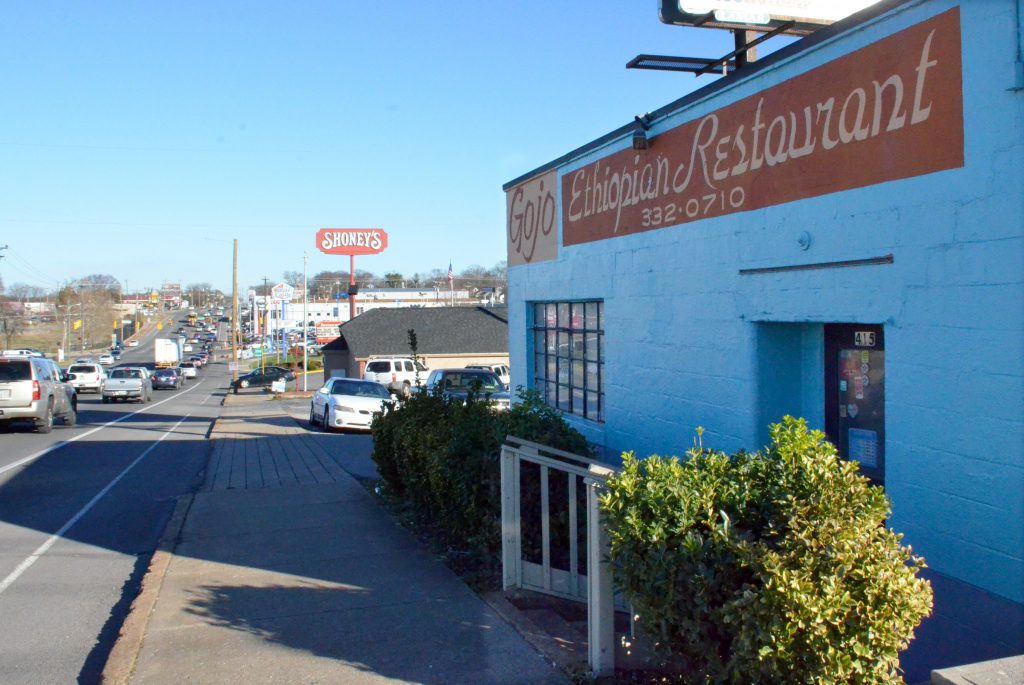
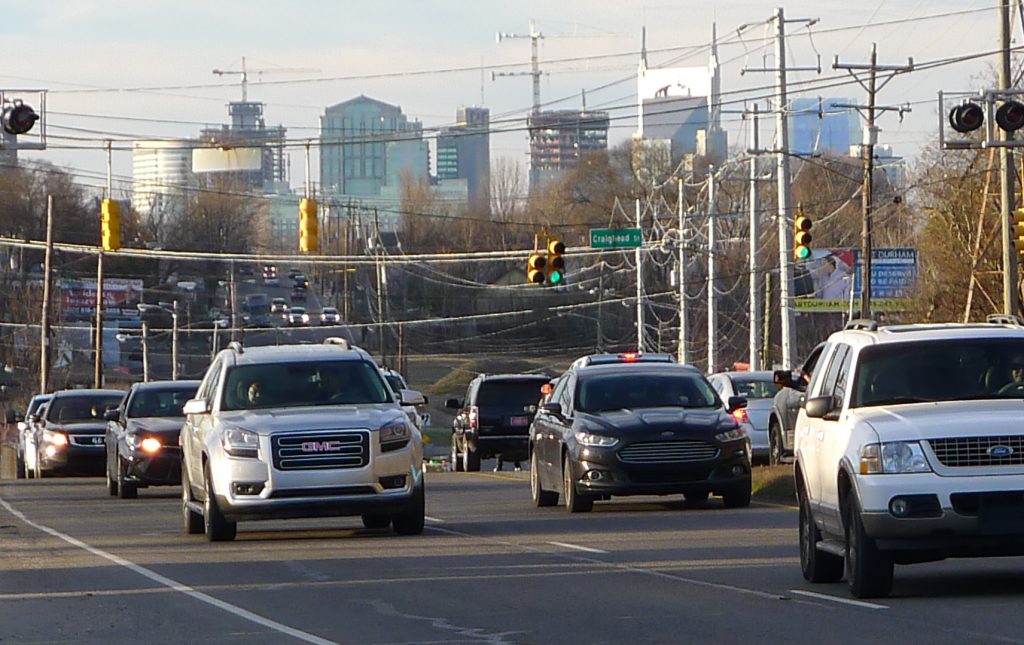
But there are numerous challenges to overcome to improve life on the Pike, including a lack of transportation options, auto-oriented design and land uses, the fact that the existing infrastructure doesn’t serve any of the necessary functions particularly well, and a looming potential for greater displacement.
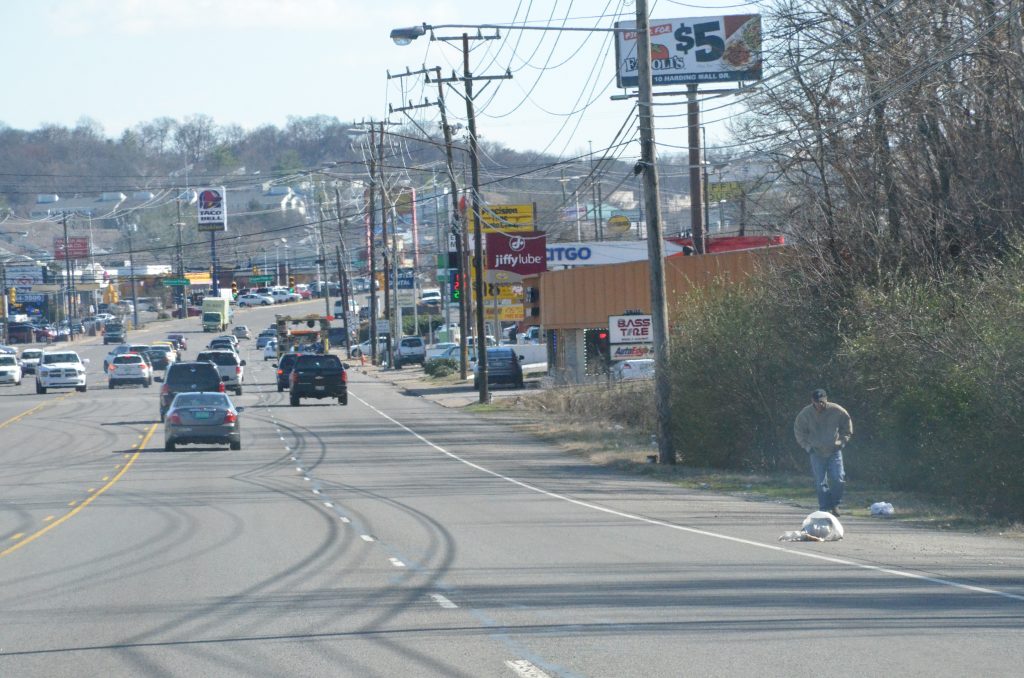
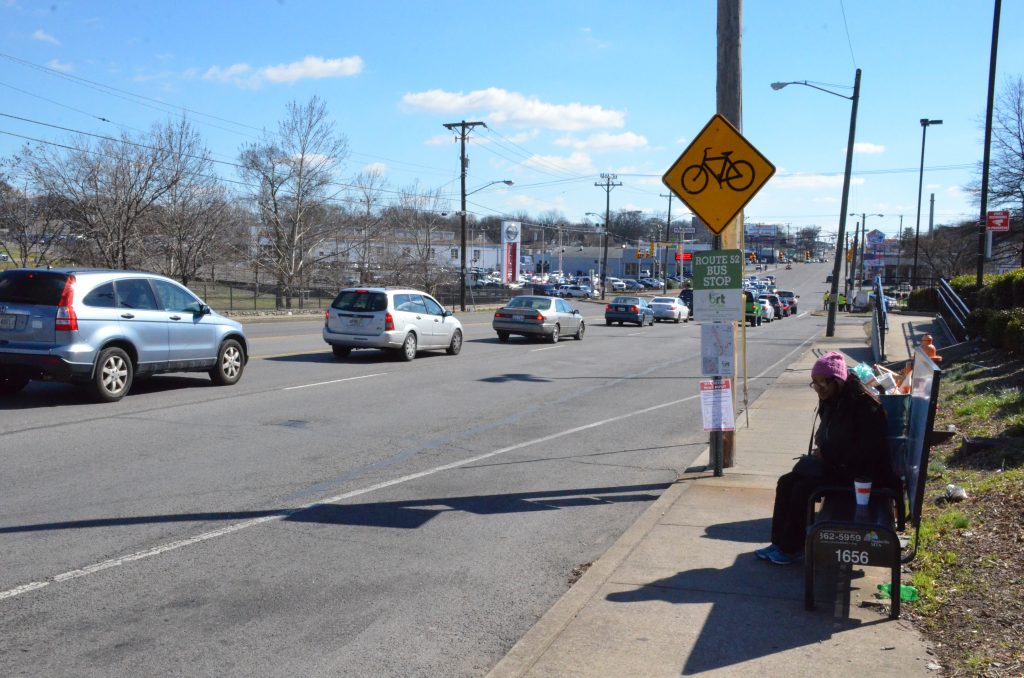
Redevelopment pressures can already be felt along Nolensville Pike, though not yet to the extent of other parts of the city. As the region continues drawing new residents, Nashvillians new and old will be looking for affordable homes, access to jobs, health care, and strong schools, walkable shopping and entertainment districts, and more alternatives to sitting in traffic. Nolensville Pike could be an important part of meeting that coming demand.
Our detailed analysis offers specific recommendations to help decision-makers in the city and region make the corridor safer for everyone, improve the economic prospects (and equity) of the area, and provide new opportunities for adding housing and jobs — all while avoiding displacement of the vital communities of residents and businesses that call the Pike home.
Now is the time to take proactive measures to prevent displacement and preserve the unique identity of the area, while simultaneously making Nolensville Pike safer for everyone, improving the economic prospects (and equity) of the area, and providing new opportunities to add housing and jobs. By tackling these issues now, before development pressures have driven large-scale business closures or widespread displacement of current residents, the region will have the best chance of seeing its future growth occur in an equitable way, shared by all.
Download the full report (pdf). Our thanks to the Convergence Partnership for their support of this project.





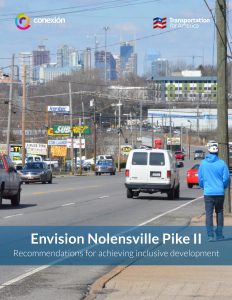















Pingback: Nashville Mayor Megan Barry Just Unveiled Her Blueprint to Fast-Track People-Friendly Streets – Streetsblog USA
Pingback: Fast tracking people friendly streets in Nashville and Denver | RapidShift.net